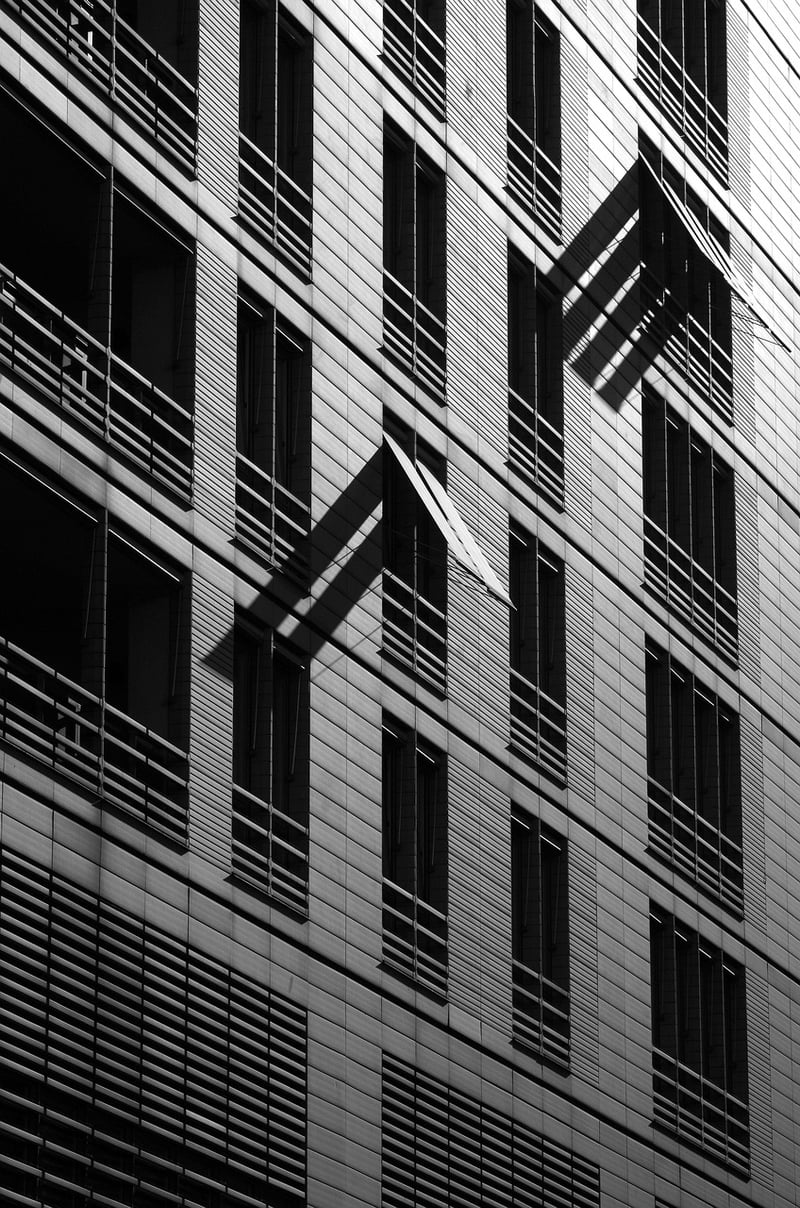Contemporary
Exploring Expressive Movement Forms for Creativity in Contemporary Dance
Contemporary dance is a dynamic and expressive art form that combines elements of various dance styles to create a unique and innovative approach to movement. In this article, we will delve into the world of expressive movement forms within contemporary dance, exploring how dancers can use these techniques to enhance their creativity and artistic expression.
1. Improvisation
One of the key aspects of contemporary dance is improvisation, which allows dancers to explore movement spontaneously and intuitively. By embracing improvisational techniques, dancers can tap into their creativity and discover new ways of moving that may not have been preconceived.
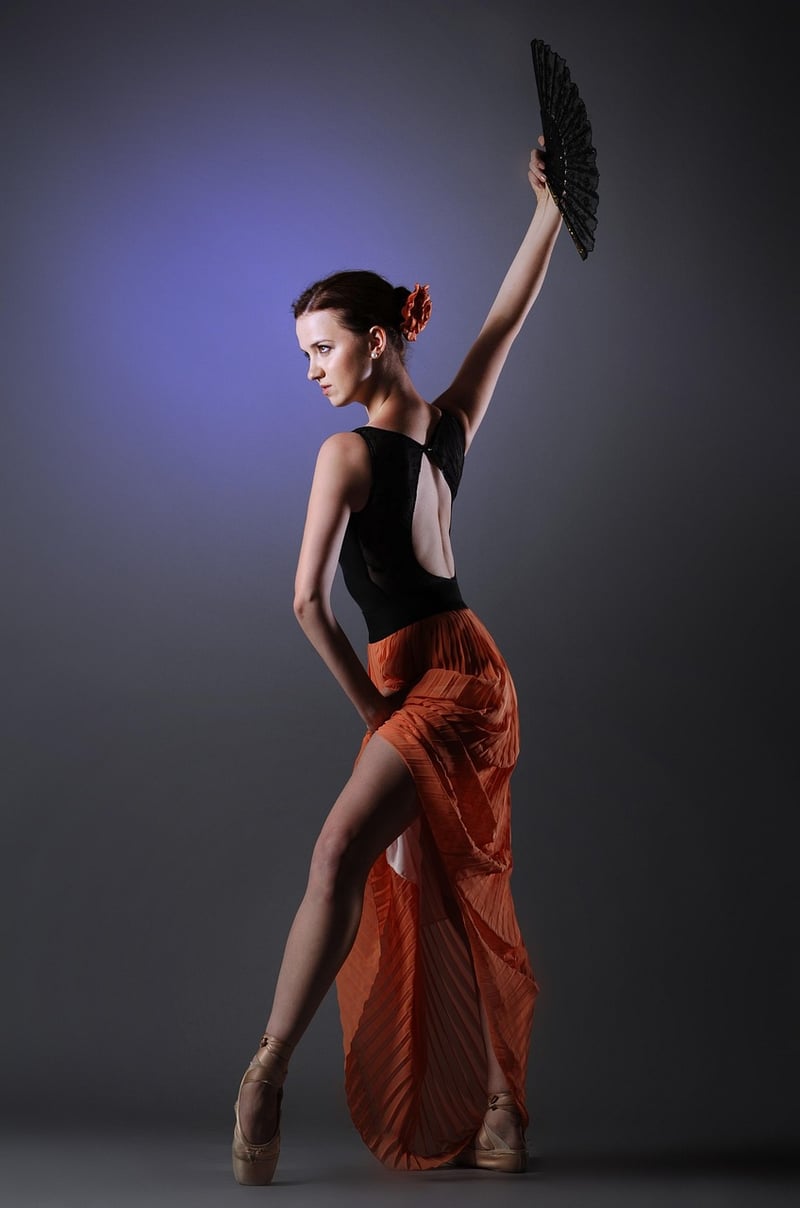
2. Contact Improvisation
Contact improvisation is a form of dance where two or more dancers engage in physical contact to explore weight, momentum, and balance. This form of movement encourages trust and communication between dancers, leading to organic and fluid choreographic possibilities.
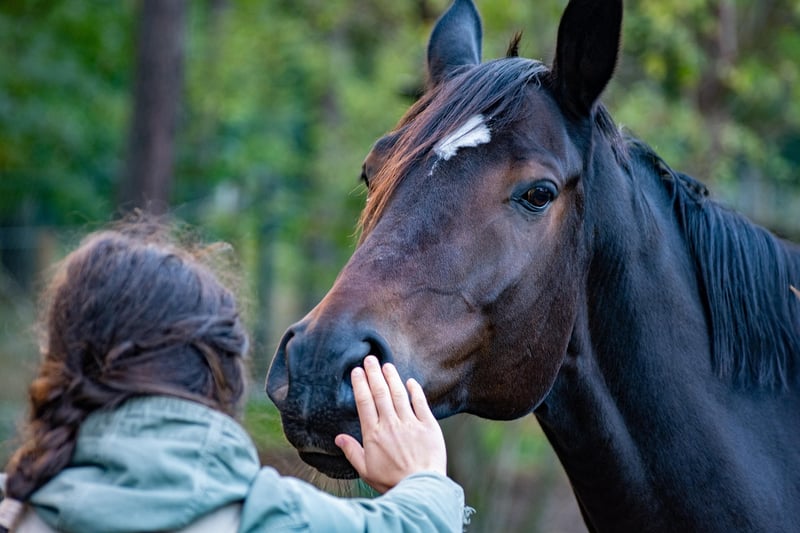
3. Release Technique
The release technique focuses on letting go of tension in the body to allow for greater freedom of movement. By exploring release-based movements, dancers can connect with their breath, find efficiency in their actions, and create a sense of flow and ease in their dancing.
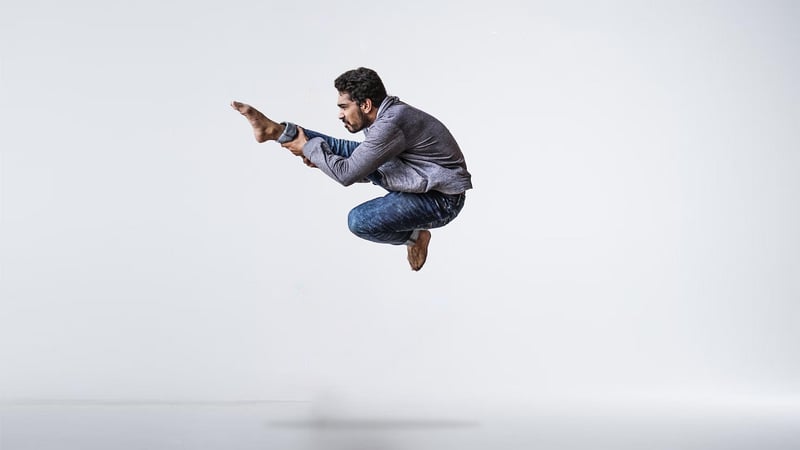
4. Floorwork
Floorwork in contemporary dance involves moving on the floor in a fluid and grounded manner. By exploring different levels and textures of the floor, dancers can expand their movement vocabulary and create visually captivating sequences that challenge traditional notions of space and gravity.
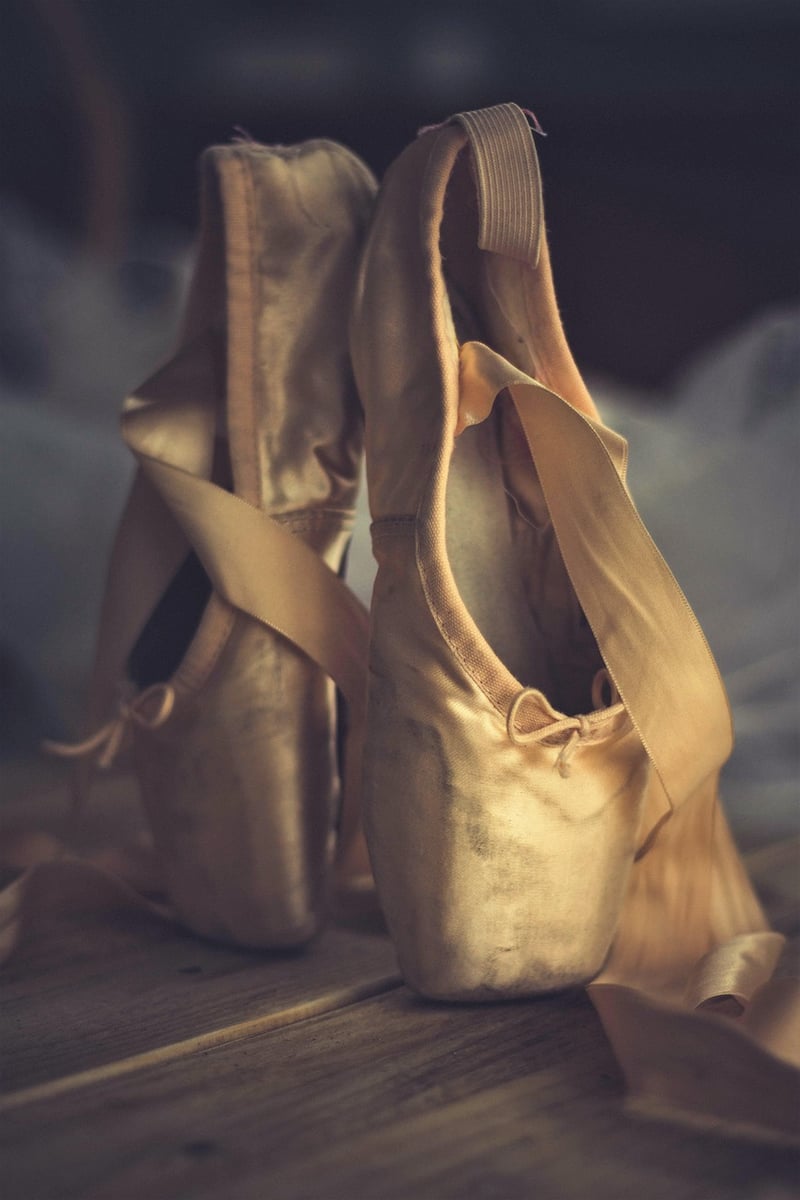
5. Dynamics and Musicality
Exploring dynamics and musicality in movement allows dancers to play with varying levels of intensity, speed, and rhythm. By connecting their movements to music and exploring the nuances of sound, dancers can create emotionally resonant performances that engage both the audience and themselves on a deeper level.
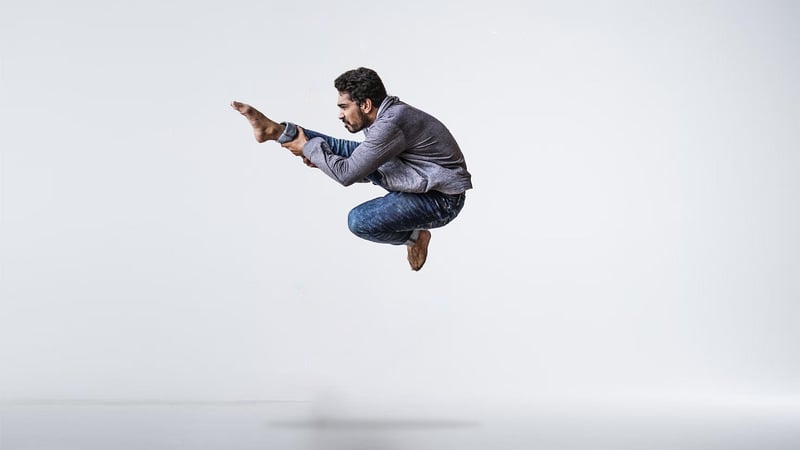
By incorporating these expressive movement forms into their practice, dancers can expand their creative potential, connect more deeply with their bodies, and push the boundaries of contemporary dance as an art form. Embracing experimentation and exploration in movement can lead to new discoveries and innovations that keep the art of dance fresh, vibrant, and constantly evolving.
So, whether you're a seasoned dancer or just starting on your dance journey, consider incorporating these expressive movement forms into your practice to unleash your creativity and take your dancing to new heights!
